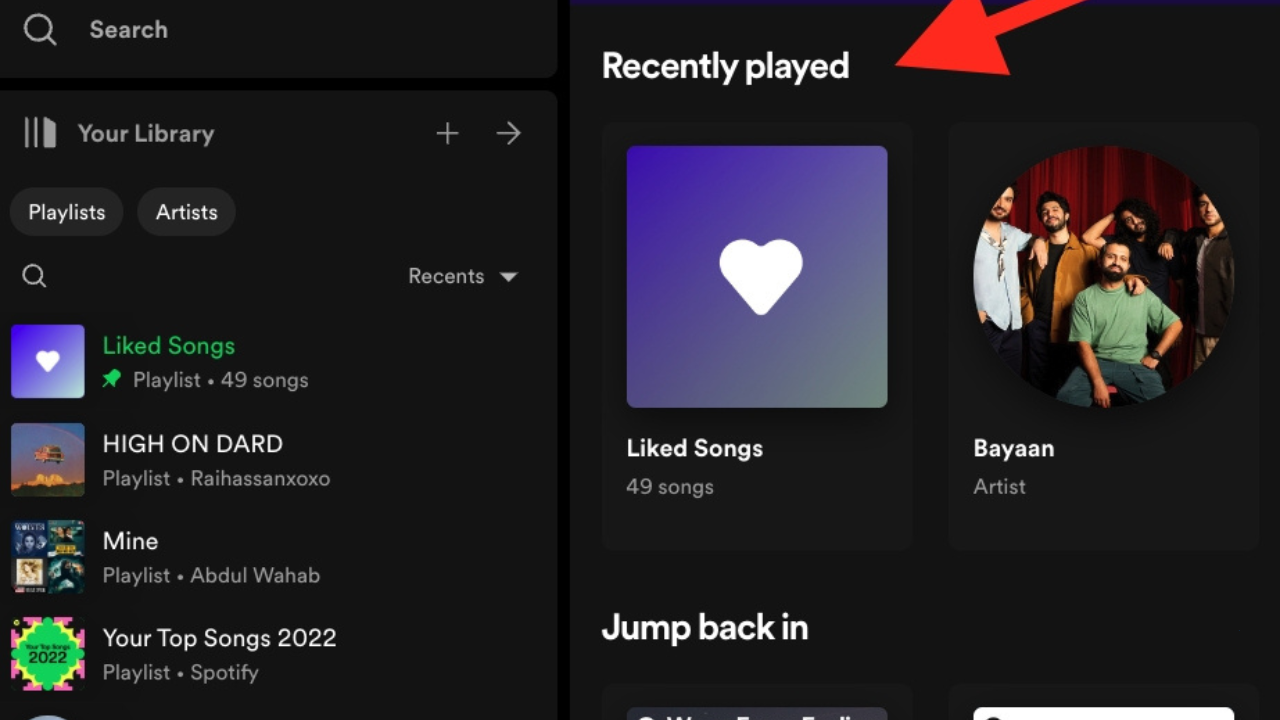
Music has always been a universal language, connecting people across cultures and generations. But today, the relationship between listening to music and performing it is being transformed by digital innovation. Whether you’re a listener exploring your favorite artists or a musician sharing your work with the world, technology is bridging the gap between consumption and creation. In this article, we’ll delve into the ways music enthusiasts and creators can harness digital tools and platforms to amplify their experience.
How to See My Top Artists on Spotify
For music lovers, streaming platforms like Spotify are treasure troves of discovery. One fascinating feature is the ability to analyze your listening habits. If you’ve ever wondered which artists dominate your playlists, learning how to see my top artists on Spotify can provide valuable insights. This tool not only helps listeners track their favorite music trends but also introduces them to similar artists and genres they might enjoy. Understanding your preferences is the first step in deepening your connection to music.
How to Upload a Song to YouTube
For performers and aspiring musicians, platforms like YouTube offer unparalleled opportunities to showcase talent. Sharing your music can be daunting, but with the right guidance, it becomes a straightforward process. Discovering how to upload a song to YouTube can turn your creative vision into a global release. With tools to customize metadata, add visuals, and engage with an audience, YouTube remains an essential stage for both emerging and established artists.
Open Source Digital Audio Workstation
Performing music isn’t just about playing instruments; it’s also about production and sound quality. Traditionally, producing music required expensive equipment and software, but that’s changing with the rise of free, community-driven solutions. An open source digital audio workstation allows musicians to compose, edit, and mix tracks without financial barriers. These tools are perfect for artists aiming to polish their work and present it professionally, bridging the gap between raw creativity and polished performance.
Sound Competitions: A Gateway to Recognition
The journey from listening to performing often includes a stage where musicians can showcase their skills. Participating in a sound competition is one way to gain recognition and refine your craft. These events allow musicians to engage with peers, receive constructive feedback, and gain exposure to wider audiences. Winning or even participating in such competitions can open doors to collaborations and industry opportunities, helping artists transition from amateurs to professionals.
What Type of Instrument Is a Guitar?
The guitar holds a special place in the evolution of music. Understanding what type of instrument is a guitar reveals its versatility as both a solo and ensemble instrument. For performers, mastering the guitar means unlocking a world of musical possibilities—from folk to rock, classical to jazz. Its accessibility and expressive range make it a favorite for both beginners and seasoned musicians alike.
The Evolution of Performance Spaces
The digital age is not only about tools and platforms but also about how performance spaces have expanded. Musicians no longer need to rely solely on live venues; virtual performances are now a viable and popular option. Live streaming platforms like Twitch, Instagram Live, and YouTube Live allow artists to reach audiences from the comfort of their own homes. This shift is democratizing performance opportunities, enabling anyone with talent and an internet connection to share their work with the world.
Digital performances also come with the added benefit of interaction. Artists can engage directly with their audience, responding to comments and requests in real time. This level of connection was unheard of in traditional performance spaces and is revolutionizing how artists build their fanbase.
From Discovery to Creation: The Listener’s Journey
Listeners today have access to vast libraries of music, thanks to streaming platforms. This ease of access often inspires fans to become creators themselves. How many times have you heard a song and thought about trying to create something similar? Platforms like Spotify and YouTube not only make music accessible but also serve as a catalyst for aspiring artists.
Learning about music theory, production, and instruments is easier than ever. With resources like open-source DAWs, tutorials on YouTube, and apps dedicated to teaching instruments like the guitar, transitioning from listener to performer has never been simpler.
Conclusion
The lines between listening and performing are becoming increasingly blurred in today’s music landscape. Tools like Spotify and YouTube enhance our appreciation of music, while resources like DAWs and sound competitions empower individuals to create and share their work. Whether you’re an avid listener or an aspiring performer, there’s never been a better time to engage with music.







